China is leading the world in the use of generative artificial intelligence (AI), according to a survey released on Tuesday. Analysts said it signals that the country is making technological advances and there are bright prospects for the domestic AI sector.
AI use by respondents from China has surged to 83 percent, according to the report by U.S. AI and analytics software company SAS and Coleman Parkes Research. The survey targeted 1,600 decision makers across key global markets.
The survey found upticks in generative AI use across the world, with the largest increases in China. To be specific, the adoption rate of generative AI in China was higher than in 16 other countries and regions, surpassing the U.S. where only 65 percent of respondents reported using generative AI.
The market size of AI-generated content in China’s e-commerce industry is projected to triple in 2024, reaching 1.2 billion yuan ($171.4 million). This significant increase demonstrates the growing importance and effectiveness of generative AI tools in enhancing brand sales and driving traffic for e-commerce brands, Wu Bin, CEO of infimind, a Beijing-based AI technology solutions provider in the fashion and e-commerce industry, told the Global Times on Wednesday.
Yan Junjie, CEO of Shanghai-based emerging startup MiniMax, told the Global Times that the rapid adoption of large language models (LLMs) and enterprise data for developing custom generative AI applications will lead to significant growth in the market. The long-term prospects for generative AI are promising, Yan said.
“As the cost of LLM services for enterprises continues to decrease, we can expect Chinese companies to increasingly embrace generative AI at a faster pace in the coming years,” Yan noted.
A recent UN report showed that China topped the list for generative AI patent filings in the past decade. Industry insiders said all these signs indicate that China has surged ahead in the generative AI landscape.
Generative AI has continued to transform multiple business sectors in China. As its adoption in various sectors accelerates, benefits from its application include reduced costs and increased revenue, observers said.
In terms of specific industries, respondents working in TMT, retailing, insurance, banking and life sciences report the largest increase in generative AI use.
Generative AI can be used to create new content, including audio, code, images, text, simulations, and videos. Some of the most common generative models in use today are large language models - like the one that powers ChatGPT, which is capable of creating language and text - and diffusion models, which create images and video.
Since ChatGPT burst onto the scene in November 2022, generative AI has come a long way. Leveraging its large market size and homegrown innovations, China has seen a number of generative AI applications emerge, including short video creation, e-commerce and education.
For instance, in e-commerce and short video platforms, generative AI can offer exceptional levels of personalization and empower more dynamic and efficient content creation.
Last week, a report by the UN's World Intellectual Property Organization showed China was leading the generative patent race, filing more than 38,000 between 2014 and 2023, against 6,276 filed by the U.S. in the same period. The top patent applicants in China include TikTok owner ByteDance, Tencent, Ping An Insurance Group and Baidu.
Generative AI is driving economic growth. A 2023 report from McKinsey estimates that generative AI is set to add up to $4.4 trillion of value to the global economy annually. This would increase the impact of AI by 15 to 40 percent. According to another recent report on China, McKinsey predicted that generative AI is expected to be a significant contributor to China’s economy, with the potential to add up to $2 trillion to GDP. This is part of a broader $6 trillion economic impact expected from AI in China.








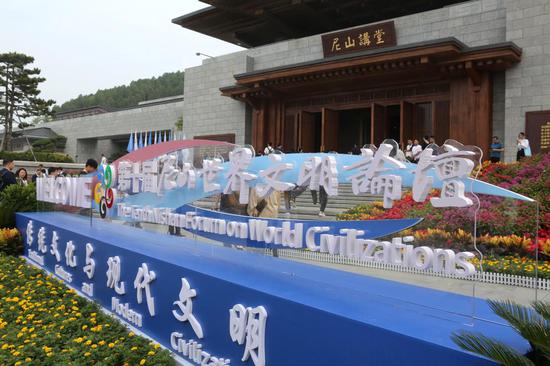





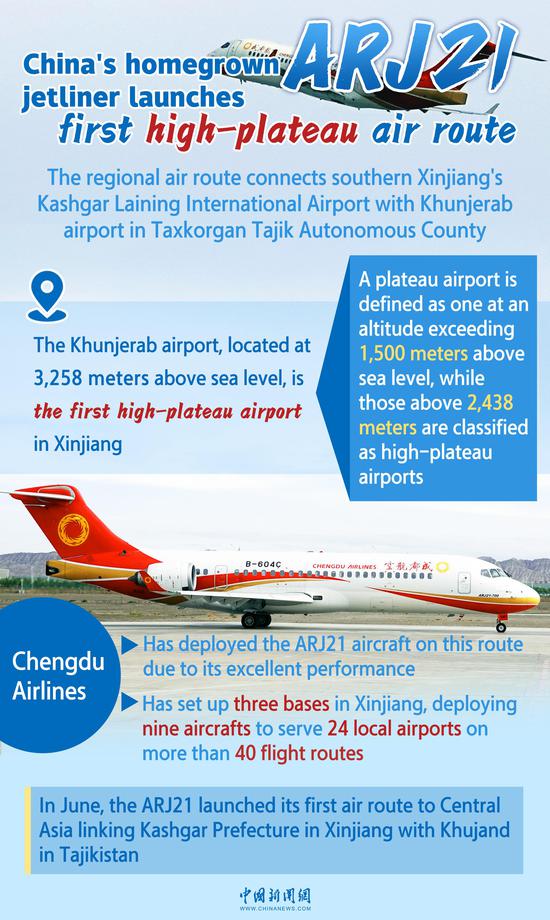




















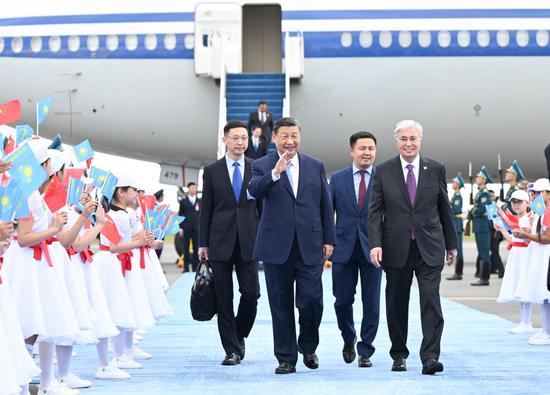




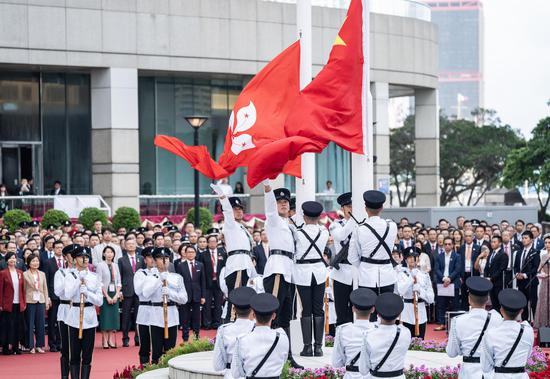





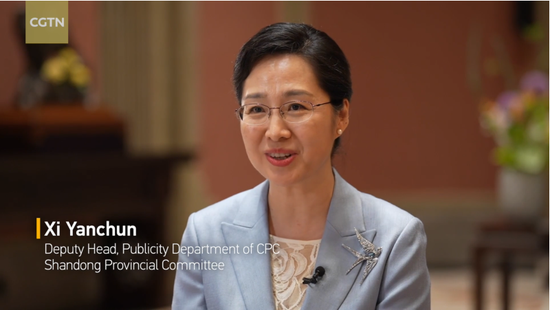



 京公网安备 11010202009201号
京公网安备 11010202009201号